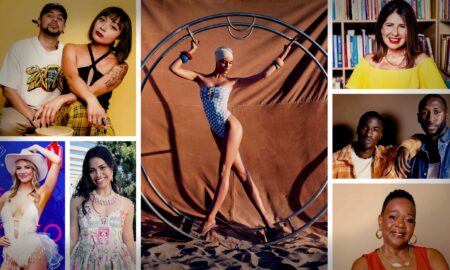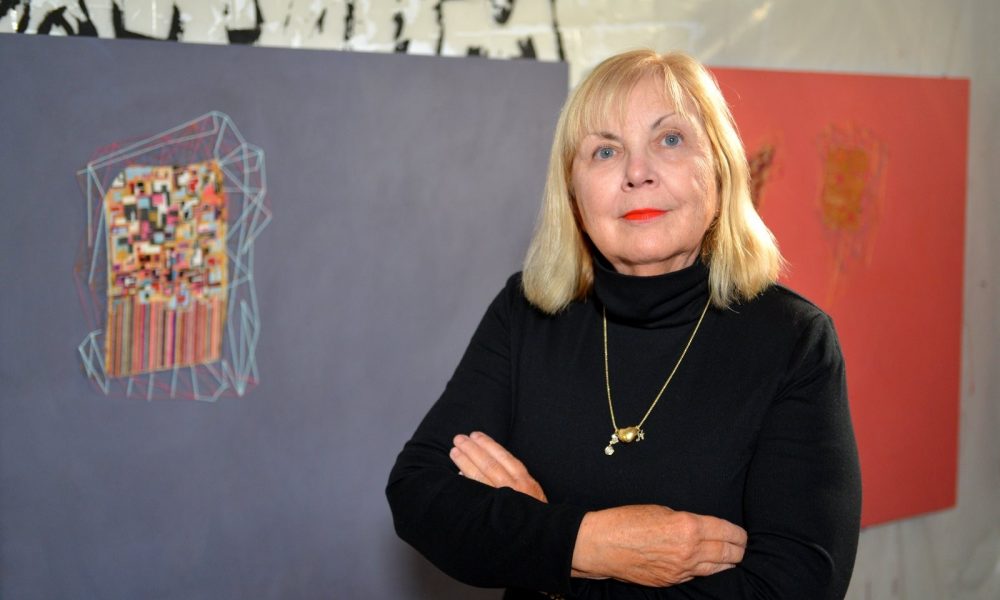

Today we’d like to introduce you to Andrée B. Carter.
Andrée, we appreciate you taking the time to share your story with us today. Where does your story begin?
I started out as a woman of the baby boom generation searching for an identity beyond my accomplishments as a wife and mother. I was looking for a way to express myself that had nothing to do with others. I vacillated between writing and painting before stumbling upon an amateur painting class at my local Jewish Community Center in New Orleans. I reluctantly entered the classroom and was greeted with a gruff but warm instructor. My first attempt was with oil, copying Edward Hopper’s Early Sunday Morning. The initial encouragement from the instructor was all it took to realize that I may have found what I was looking for. He said, “You have a tremendous sense of color and design.” When I became a college professor, I remembered how important it was to reassure my students.
Six months after I started painting, I couldn’t stop. My ignorance was bothering me, so I decided I needed to learn about art history. Luckily for me, I was encouraged by my husband to pursue this. He offered me a six-week trip to Florence that was part of Tulane University’s studying abroad. I say he offered me the trip because I was in a very traditional role as a homemaker with no salary. I seized the opportunity but was reluctant to leave my two young children (again, tradition). How did I solve this? I went to a female therapist who said things to me like, “Can’t their father take care of them? Isn’t he capable? “. She was much more liberated than I was. Sure enough, he took on the job, along with his “real” job as an Emergency Physician. The boys were thrilled to spend that time with him and hang out in the hospital some nights. In retrospect, that was a premonition of things to come.
The year was 1986. Off I went to Italy and studied Renaissance Art like the college student I was soon to become. The trip changed my life. When I got back from Italy, I decided to pursue a degree in fine art. I enrolled in Loyola University and knew I had made a decision that would serve me well. I received my BA from Loyola but before I did, our lives were changed forever.
In 1987, my husband of 19 years was diagnosed with malignant melanoma. He told me a few weeks before his diagnosis that my interest in art brought a new dimension into our marriage. He also said I would have a lot to say. Another premonition but only in hindsight. Our entire household changed as I became the manager of everything, and he could barely remember his pin number. I think I was finally growing up at the age or 40.
I was fortunate enough to have the money and the support to continue my education. He passed away about three months after his diagnosis. I eventually received my BA from Loyola University and immediately decided to go on to graduate school. I enrolled in University of New Orleans MFA program but in my essay, I told them I was not interested in teaching. However, one of the professors was diagnosed with lung cancer. The faculty decided I would be the perfect assistant to him, so I agreed. This unexpected change of plans turned out to be fortunate because after graduating, I had a career that would allow me to venture out of my native city. I was receiving a lot of recognition for my paintings soon after receiving my MFA. I was awarded a solo show at a local gallery and I my first artist-in-residency at Virginia Center for Creative Arts.
My sons left New Orleans for the west coast in 1998. So, It was time for me to move forward in my personal and artistic career. I knew I wasn’t going to grow as an artist and an individual if I stayed in New Orleans. I was in therapy around this time to properly grieve for the untimely deaths of my father, my firstborn, and my husband. Throughout my analysis, I discovered that I was ready to try a new city. After 51 years in a place where everyone knew me and or my family, I decided to try Seattle.
The verdant landscapes and the gray skies were such a contrast from the tropical landscapes and hot humid sun of New Orleans. Since color is a driving force in my work, I knew my palette would expand. My teaching career also changed. I went from a part-time instructor to a full-time instructor at a college in Seattle. Then I was asked to be the academic direct of liberal arts. These responsibilities put further restraints on my time spent in the studio It also affected how I approached the way I worked. Since I no longer had as much time in the studio, I came up with a new plan. To continue my exploration of color and composition, needlepoint became an alternative way to work. I could sit and “paint with thread” after an eight-hour day. The repetition of the needle going into and out of the needlepoint canvas is mesmerizing. I have always approached my paintings without a preconceived notion of the composition, so I just continued that process with the needlepoint. I would start on a section and let the colored threads take me on the journey. The process was as important as the final product.
My 16 years in Seattle were particularly important because I learned so much about teaching, administering, and expanding my circle of friends. While living in Seattle, I received my second artist-in-residency in Otranto, Italy in the Puglia area. I limited my supplies to materials such as paper, thread, needlepoint canvas, and watercolor pencils. The small, stitched works on paper and some completed needlepoint felt like minor steps to my process. Before Italy, I was completing the needlepoint and framing them as stand-alone compositions. Upon After Italy, I thought a lot about combining the two techniques.
After I moved to Los Angeles, I had a setback in my art career. My administrative job was not nearly as satisfying as it was in Seattle. I became depressed and it was hard to feel productive as an artist. The position was the same, but the job was awful. I was unhappy enough to give up my administration and get back into the classroom. After about a year of being in Los Angeles, I gradually found my way into the art community. I joined Los Angeles Art Association and Women Painters West. Both organizations introduced me to exhibition opportunities and other artists who were not only my peers but became personal friends.
I also had more time to paint, so I started a new body of work based on the paper pieces and needlepoint from my Italian residency. I also went to New Mexico and discovered clay pigment powders at a store in Albuquerque. Even though the pigments were meant for firing, I decided to use them mixed with gesso or water. This was the perfect match for the needlepoint because I was looking for a way to way to diminish the hierarchy of fine art over craft. By cutting a hole in the canvas and suturing the needlepoint from behind, my Motherlode Collection was born. Combining these two elements, I feel as though I have derived at my signature style. Two historically traditional techniques, mixing paint by hand and using hand-crafted needlepoint, allow me to speak to the past yet have a contemporary approach that is relevant for our times.
Another influence in my work is my travels and how architectural elements seep into my compositions. A trip to Menorca, one of Spain’s Balearic Islands in the Mediterranean Sea inspired my next body of work, the Menorca Collection, using the same technique. The fences made of stones that meander all over the island appear in some subconscious form in the structure of the paintings and in the repetition of the needlepoint inserts.
The Rising Collection, my latest body of work, combines two key elements of my process—my signature use of needlepoint, plus the use of powdered pigment, gesso, and marble dust to create my own color palette. These elements have been a part of my style for some time, but I have taken a different approach by reducing the amount of mark-making from my previous work. The use of needlepoint is derived from the personal and an acknowledgment of the historical antecedents of women who expressed their creativity through craft needlepoint and quilts. The mixing of pigments harks back to the history of color before synthetic paint was accidentally discovered. Both techniques are a homage to the past but are presented in contemporary times.
In this collection, after several layers of paint are applied, I cut a hole (or sometimes holes) into the canvas. I then use colored string to suture the needlepoint into the hole. I use the word “suture” to symbolize the sense of physical and emotional repair. I then apply resin to “protect” or preserve the integrity of the surface of the needlepoint. A trestle framework of hemp cord connects the two contrasting surfaces. By using opposites, smooth vs. tactile, one-color vs many colors, and glossy vs flat, is instrumental to my narrative. I am questioning if art can be a healing, unifying process, not only for myself but also for those who are experiencing the work.
We all face challenges, but looking back would you describe it as a relatively smooth road?
If the road was smooth, it would have been boring. Here are some of my struggles:
1. Raising my boys mostly alone after the death of my husband.
2. Tepid support from my family.
3. Uprooting myself three times, so re-establishing myself in the art world
4. Being an older woman
As you know, we’re big fans of you and your work. For our readers who might not be as familiar what can you tell them about what you do?
My work combines two key elements of my process—my signature use of needlepoint, plus the use of powdered pigment, Gesso, and marble dust to create my own color palette. I am known for these two techniques and people usually recognize my style.
In particular, I am very proud of my installation, “Remnants”, I did at Gallery 825 in Los Angeles. The murder of George Floyd and his crying out for his mother during those horrific nine minutes really had a profound effect on this body of work. Remnants is a collection of five large garments with several small dresses attached to them. Each child-like dress is hand-sewn onto the faux crocodile fabric in such a way that, from a distance, gives the appearance that the large pieces each read as one entity.
On closer inspection, the tattered remains of various textiles can be seen as though they are babies being protected by the “Mother” garments. The wrapping of the hemp cord, the delicate organza, and the adornment of gems (to ward off evil spirits) are used to connect the pieces both physically and metaphorically. The black and white remnants of lace, doilies, and appliques are a nostalgic nod to things of the past; the doilies sewn into many of the works were salvaged from the estate of a Holocaust survivor, bringing another layer of meaning. Lace, used as head coverings or veils (widow’s weeds) have led to a contemplation of memories of things past and an appreciation of habitual rituals and daily activities that may disappear or be forever altered.
I am most proud of sticking to my own convictions in spite of a lack of financial success. I think what sets me apart from others is my determination to honor my honesty in my work. I am not afraid to change my course or work with a new process if my voice compels me to do so.
How do you think about luck?
I have been blessed with good luck and bad luck. I had a successful marriage with lots of love and support. In spite of my family not really believing in me, my husband was my biggest supporter. He encouraged my interest in art and felt it brought a new dimension into our relationship. The bad luck set in due to the untimely death of our firstborn and then my husband’s death at a very young age. Why do I say bad luck can also be a blessing? I think everything that happens to me, good or bad, adds to my creativity.
Contact Info:
- Website: www.andreecarter.com
- Instagram: @abstractabc
- Facebook: @abstractabc
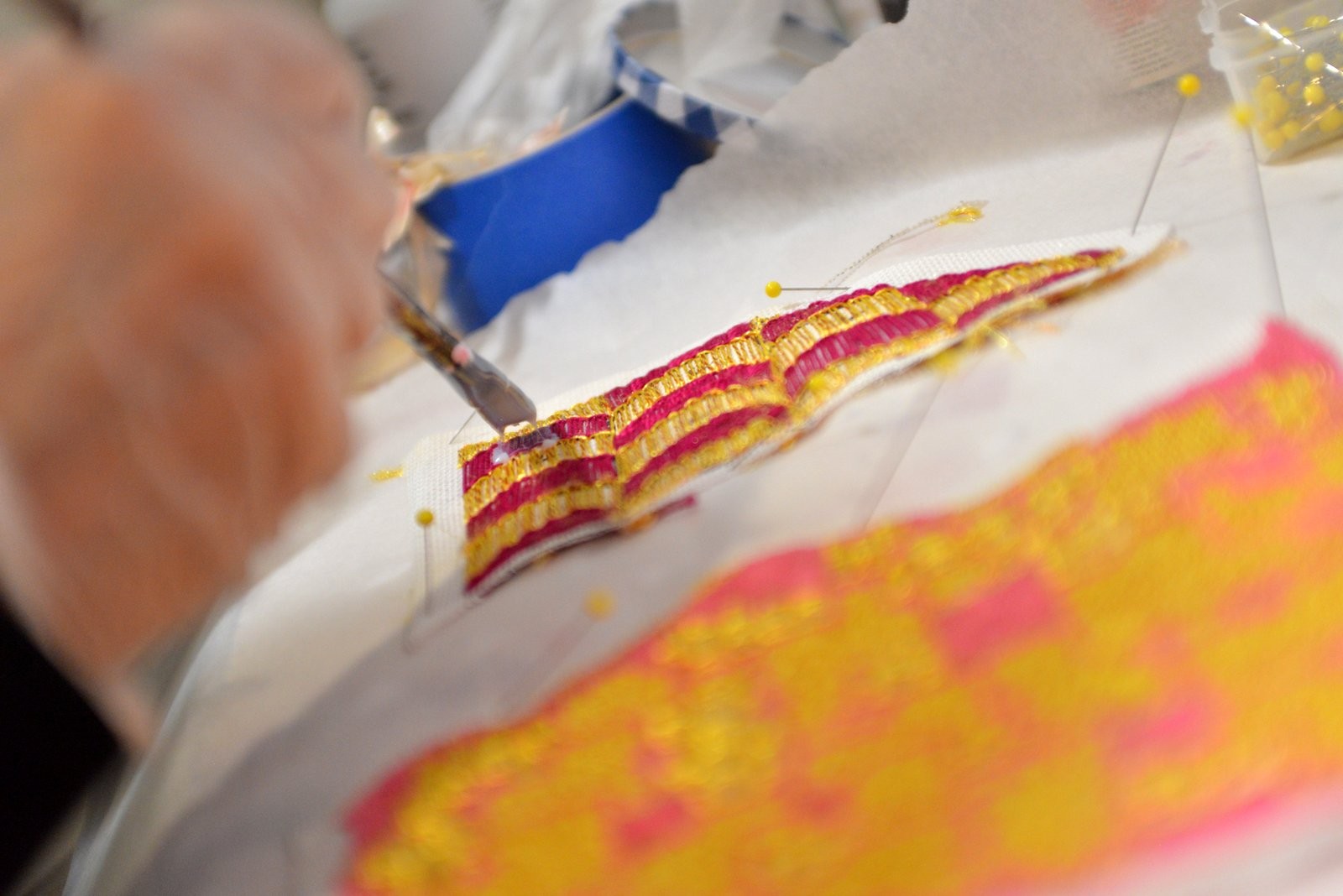
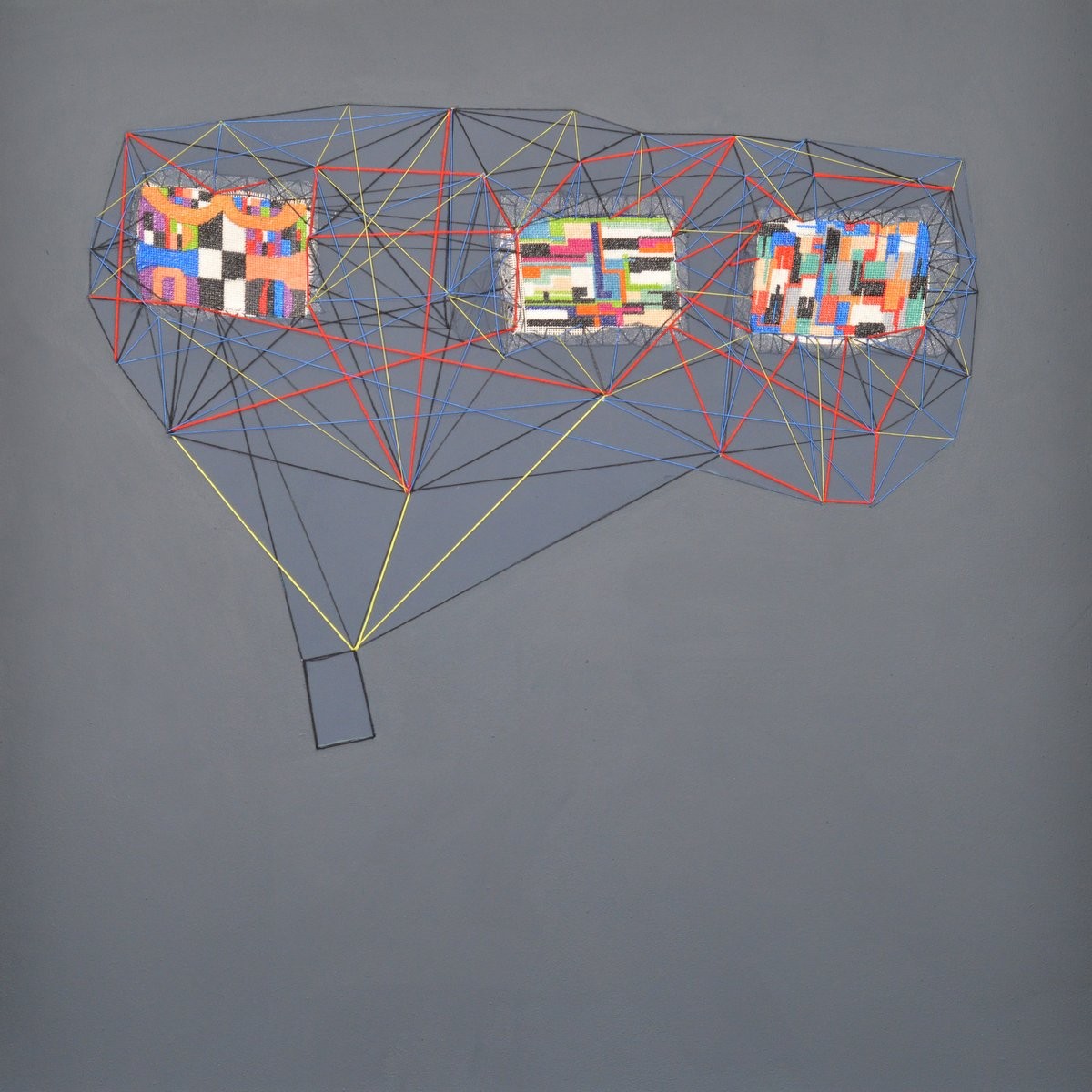
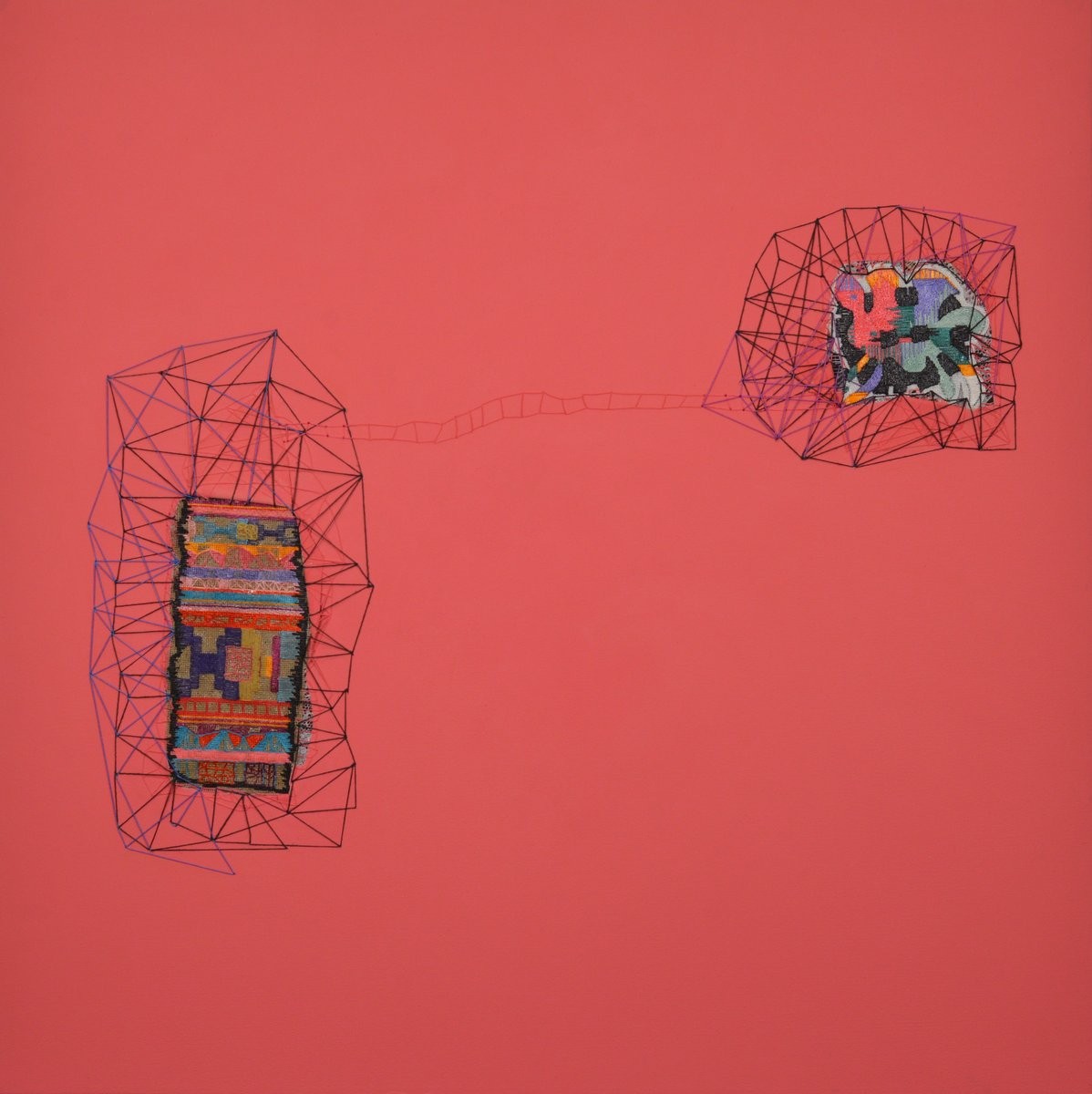
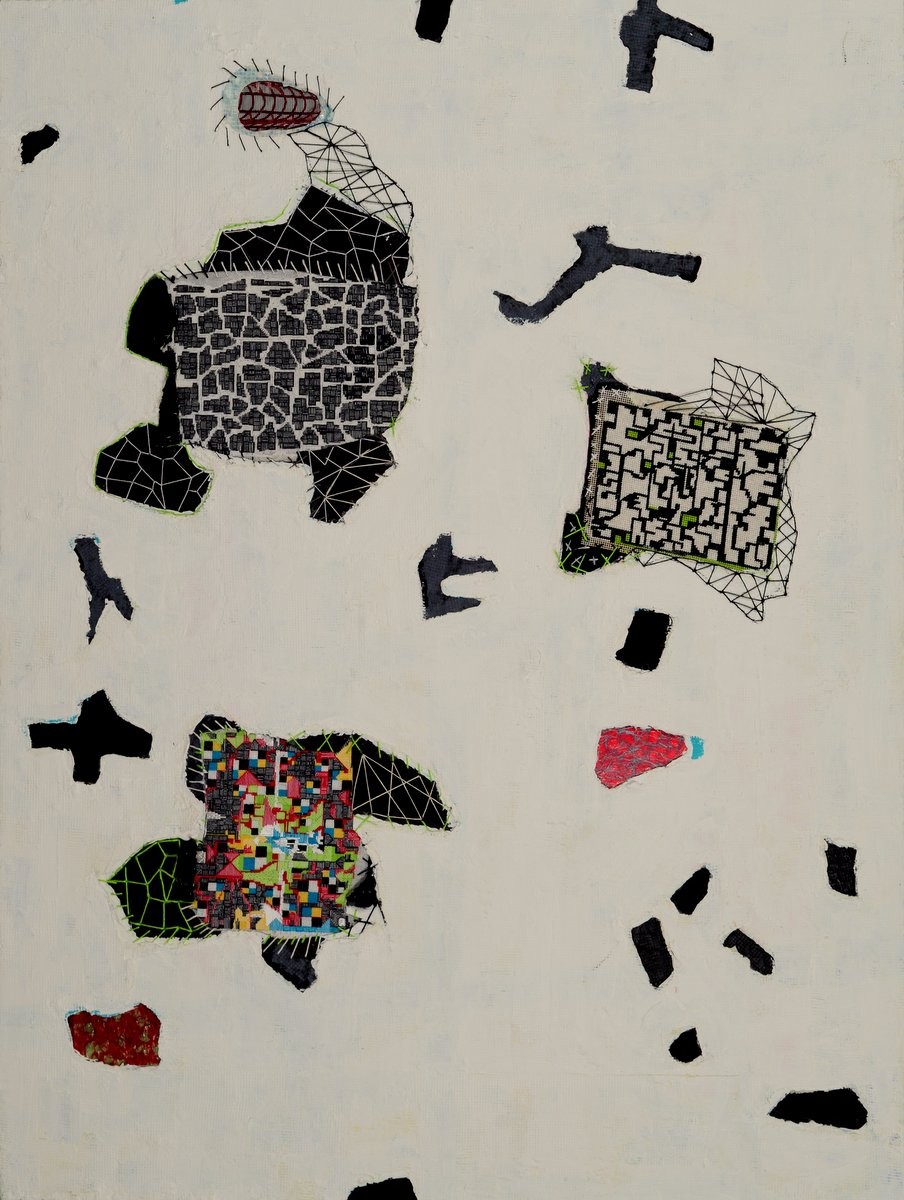
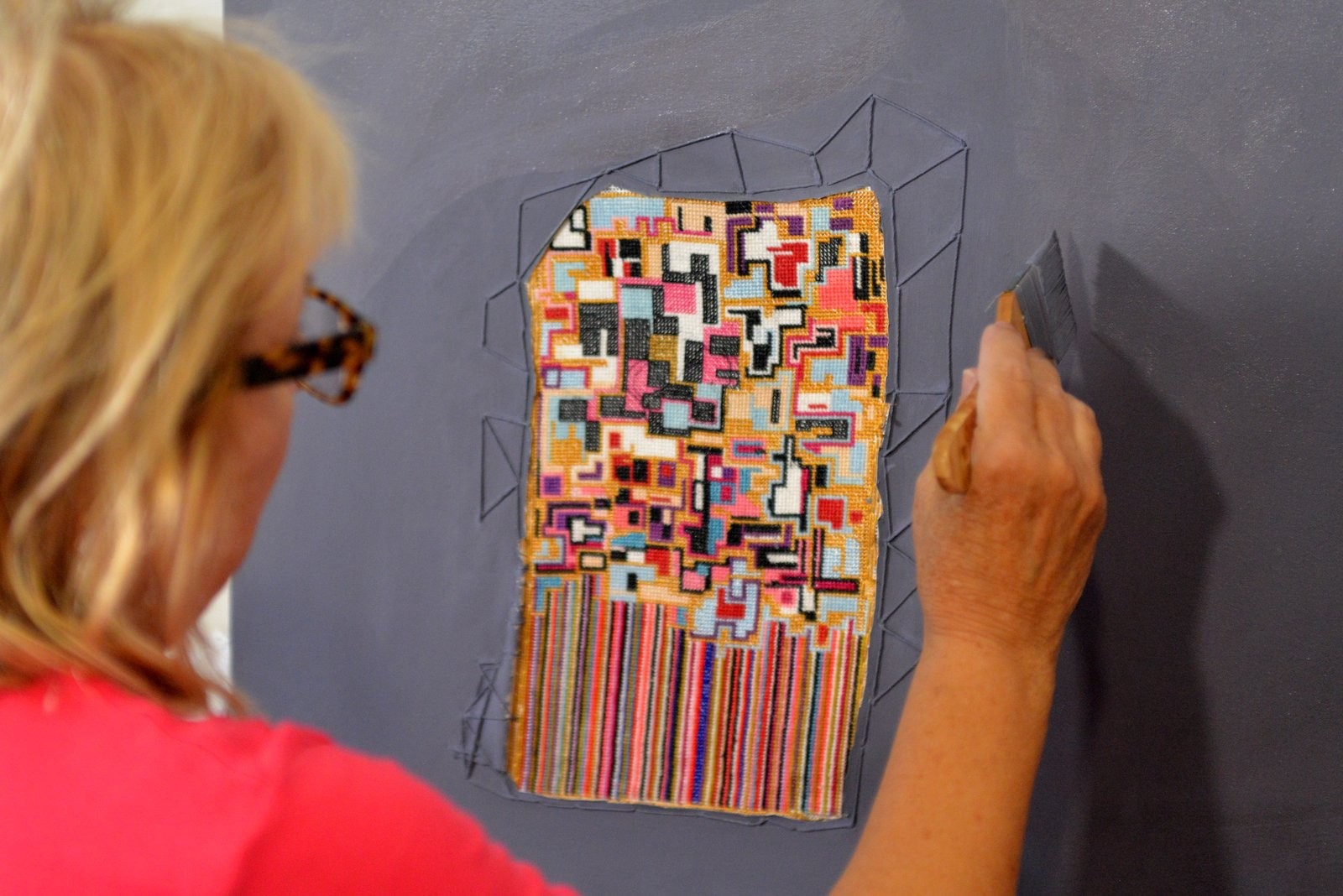
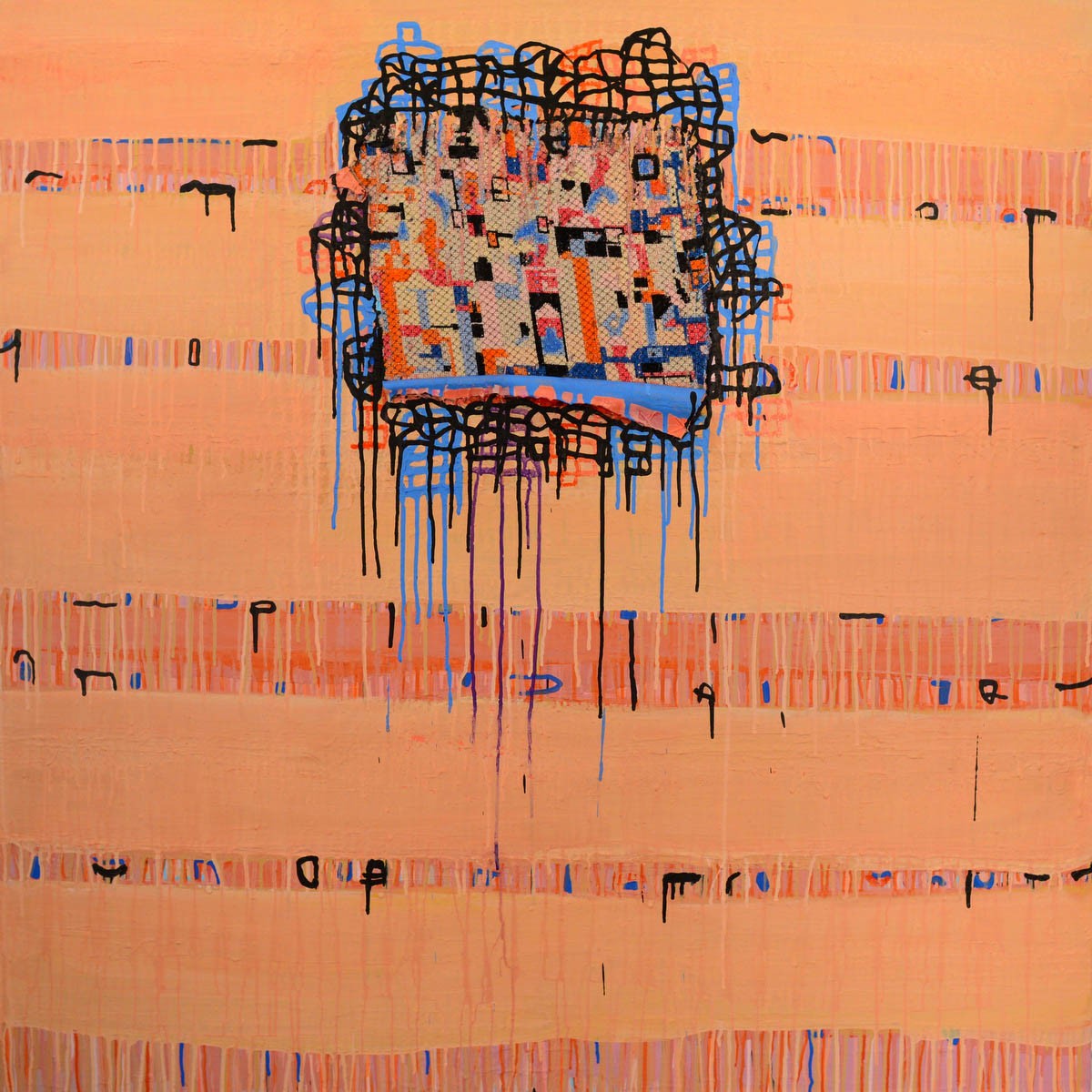
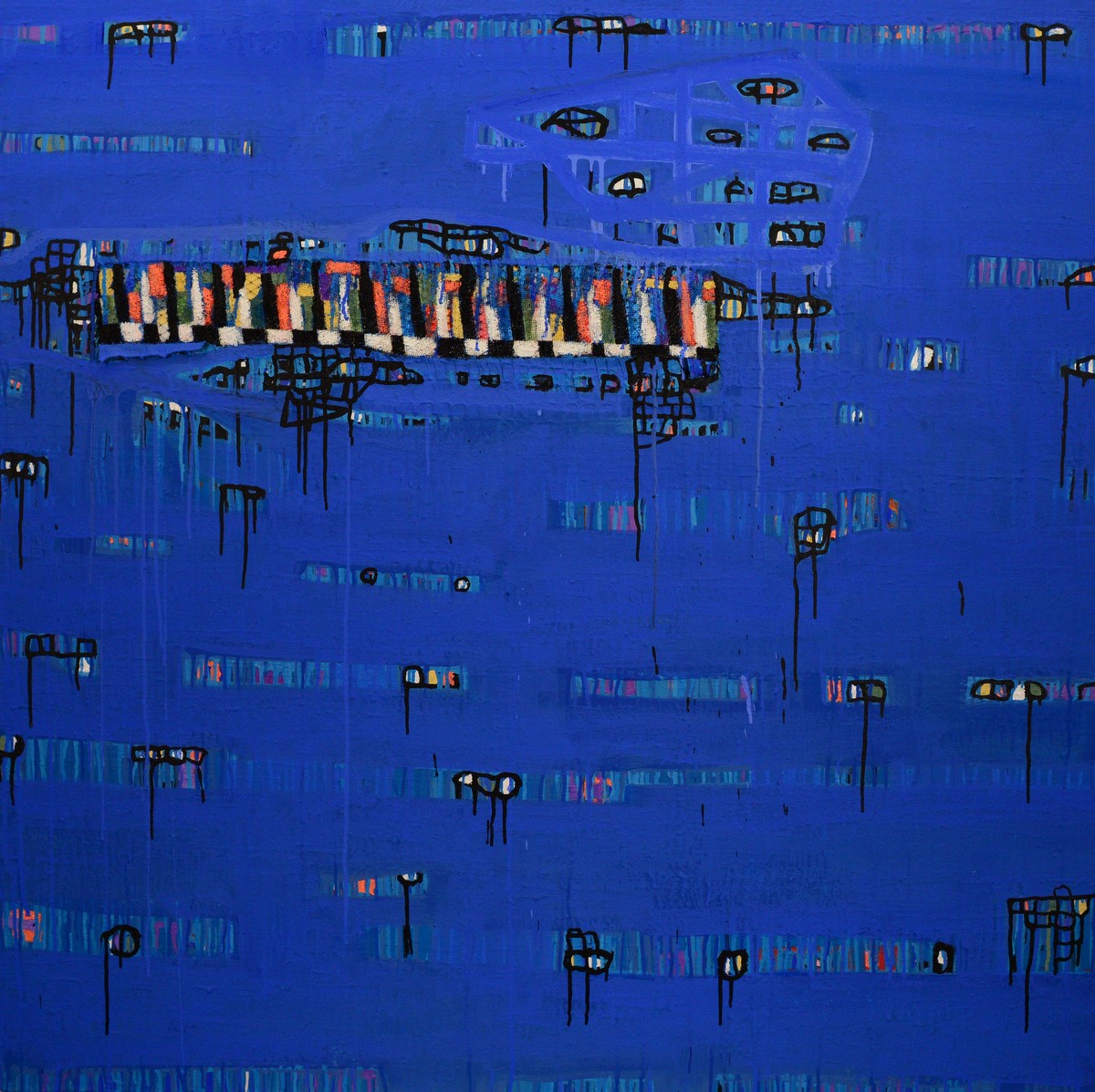
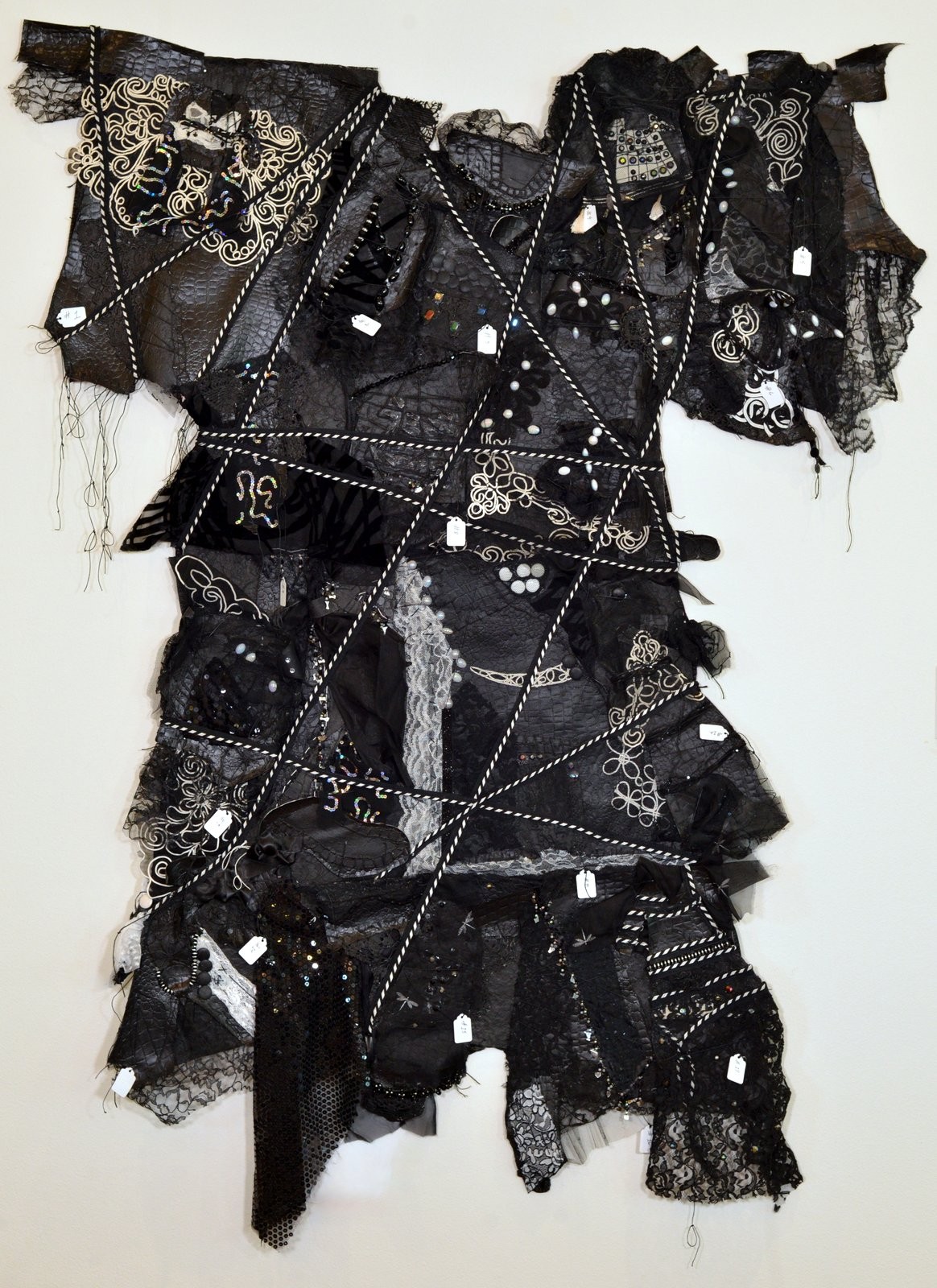 Image Credits
Image Credits
Hogan B. Carter

